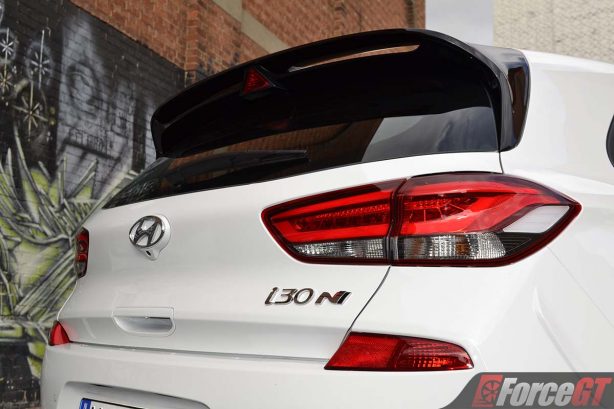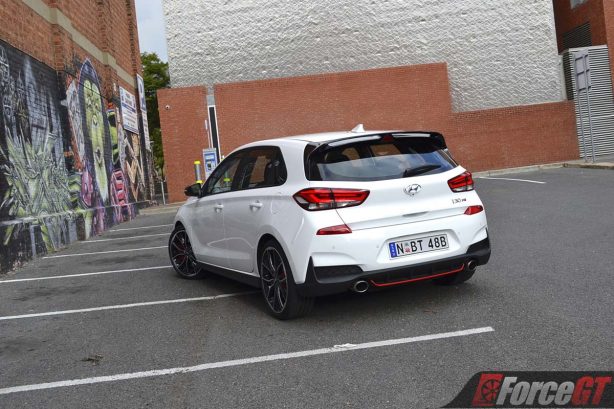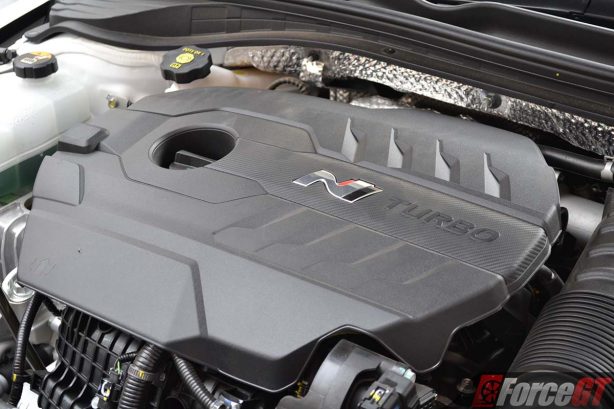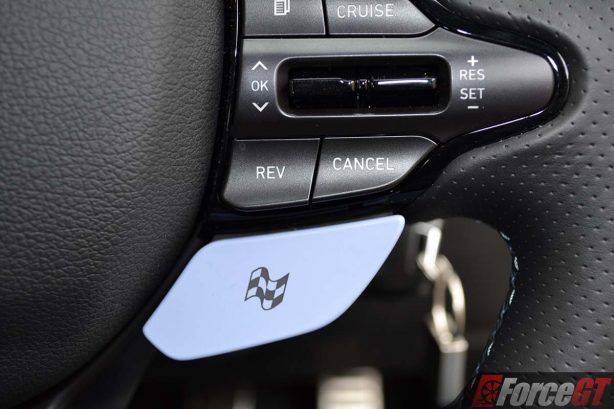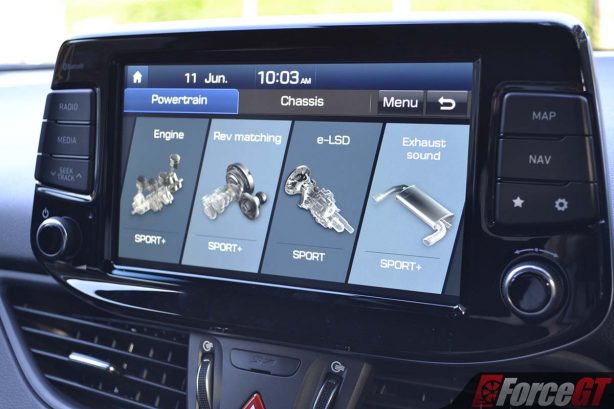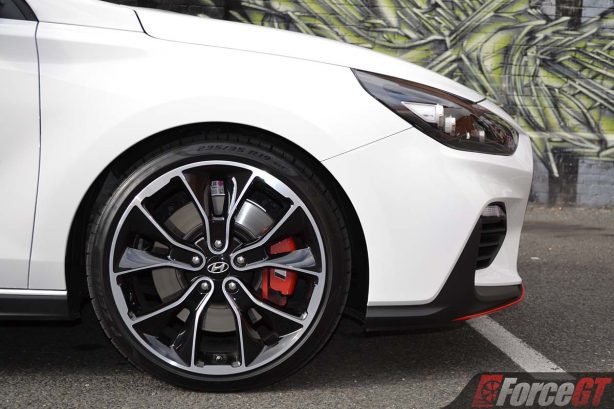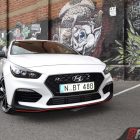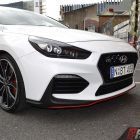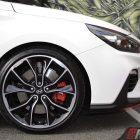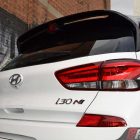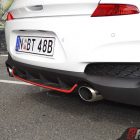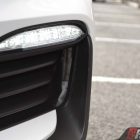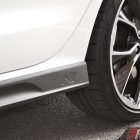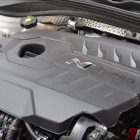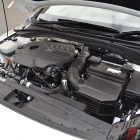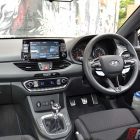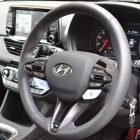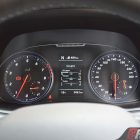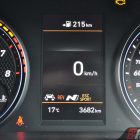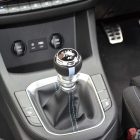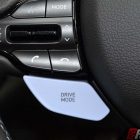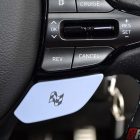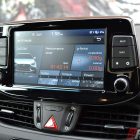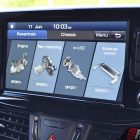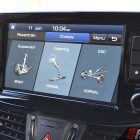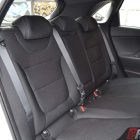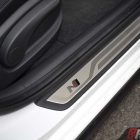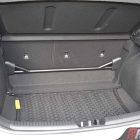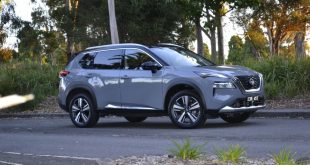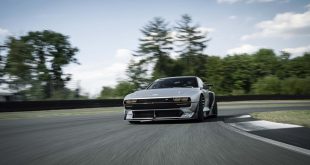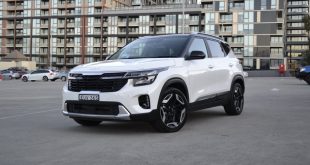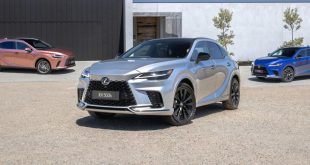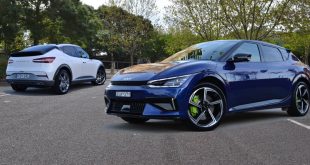The hot hatch segment is simmering to a feverish pitch unlike any other. It is big business in Australia, too, where sales of performance cars are consistently one of the highest in the world. Walk into any car park and it’s easier to spot a hot hatch than a Holden Commodore.
Bringing a hot hatchback into such a sizzling frenzy for the very first time is not only a costly exercise, but also one that could put Hyundai’s painstakingly crafted reputation on the line should it not measure up to its rivals.
But here it is in all its glory – the Hyundai i30 N – the very first Korean hot hatch and one that could potentially elevate Hyundai’s standing to loftier heights amongst driving enthusiasts.
Like its more established rivals, the i30 N follows the long-established recipe of turning up the wick and adding a raft of go-fast bits to the humble i30 hatch to make it rush around a bend like a fox on fire.
As a sign that Hyundai is dead serious about making a name for itself as purveyor of fun cars, it turned to top European marques for talents. The i30 N’s dynamic prowess is largely the work of Albert Biermann, formerly head of BMW’s M division, while it’s tastefully restraint bodywork comes from ex-VW Group designer, Peter Schreyer, now head of design at Hyundai.
With two of the most important ingredients of the new car sorted, the i30 N is already partway down success street. Throw in 5-years warranty and more kilowatts for less dough, it’s almost a winning formula.
Indeed, it’s hard not to recommend the i30 N over its more expensive, and less potent rivals. It takes only a short blast through a series of twisties to reveal the excellent work that Bierman’s team of talented engineers has put into the car.
From the grippy and beautifully communicative steering, slick six-speed manual gearbox to the enormously effective mechanical LSD capable of hurling the hot hatch out of apexes at laugh-out-loud speeds, the i30 N delivers an immediate sense of connection the moment you hit the start button – an increasingly rare trait today.
With a potent 353Nm on tap from 1,450rpm, its blown 202kW 2.0-litre four-cylinder engine is incredibly linear and tractable, pulling effortlessly all the way to 6,800rpm. An overboost function lifts maximum torque to 378Nm from 1,750rpm to 4,200rpm for bursts of up to 18 seconds – all accompanied by a deep, throaty warble.
And as the engine nears the limiter, an addictively rorty pop erupts from the twin active exhausts as the next cog is selected via the stubby short shifter. You’ll also be treated to some rather lovely snaps, crackles and snorts on downshifts. It’s all a bit immature, but you can’t help but become enamoured of the i30 N.
What really sets the i30 N experience apart though is its customisability – once inconceivable in a $40,000 hot hatch.
The car’s suspension, throttle response, rev-matching function (the best I’ve encountered thus far), limited slip differential, exhaust, steering and stability control are all customisable. Like the M button on performance BMWs, owners can group their preferences together in a Custom N mode that can be accessed instantly via the baby blue N button on the right hand side of the steering wheel.
Each component comes with four settings – Eco, Normal, Sport and Sport+. My favourite setting is putting the suspension, throttle response, steering, LSD and stability control in Sport, while rev-match and exhaust get Sport+.
With 2.57 turns lock to lock, the i30 N’s steering isn’t the quickest, but it’s direct and communicative. Turn-in is sharp and you can adjust your line of attack with precision. Torque steer is a non-event in a straight line although the BMW M-inspired steering will wriggle a little if you’re brutal with the throttle on tight bends.
Even in Normal mode, there is a level of useful progressiveness and predictability to the i30 N’s handling, with plenty of grip and very respectable body control along with a fairly supple ride and decent cornering balance.
Dial up N or N Custom mode (I didn’t bother with Sport) and everything becomes more immediate and immensely involving. The throttle is sharper, the rev-match (can be switched off if you prefer to DIY) perfectly synchronises with each down shift and the exhaust theatrics urges you on, working in harmony with each other to sling apexes together, brakes included.
And if the anti-social theatrics isn’t attention seeking enough, the i30 N’s attractively executed body kit often draws admiring glances without being over the top. The front fascia receives a good dose of aggression thanks to the black headlamp bezels, front splitter and air inlets that not only enhance brake cooling but also improves aerodynamics.
Additional air curtains are mounted behind the Cascading Grille to increase engine cooling, as well as enhance airflow and reduce wind turbulence in the wheel housings.
The front splitter and larger rear spoiler also work to create performance-enhancing downforce while giving excellent aero balance. Together with 8mm lower ride height, N-branded extended side skirts and handsome 19-inch alloys wrapped in 235/35R19 Pirelli P-Zero HN rubber, the i30 N’s purposeful styling exudes road presence.
The interior however, is relatively subdued, with the only ray of colour coming from the baby blue stitching on the sports seats and Drive Mode buttons against a sea of grey.
There is also some minor rattle somewhere behind the instruments on our Czech-built test car, which takes the shine off an otherwise impeccably built hatch.
- READ MORE: Hyundai i30 N full specification
To set it apart from the regular hatch, the i30 N gets a bespoke instrument cluster with gearshift timing lights and variable redline depending on the engine oil temperature.
After a week of hard pounding, the san stop/start equipped Korean hot hatch returned 9.9L/100km, 1.9L/100km adrift of Hyundai’s claim but still respectable for this level of performance and my admittedly heavy right foot.
Verdict
Design and Comfort: 8.0/10
Performance and Handling: 9.0/10
Quality: 7.5/10
Economy: 7.5/10
Equipment and Features: 8.5/10
The i30 N shows the Koreans have finally arrived and given us a cracking hot hatch that’s not only an impressive first effort, but also one capable of stirring the popular genre.
It’s beautifully balanced, hugely engaging and loads of fun, yet costing significantly less than most of its rivals.
While some might prefer the rawness and mechanical feel of traditional Japanese performances cars, the i30 N comes with a sheen of European civility and refinement that makes it a joy to live with.
Pros:
- Wildly engaging
- Beautifully balanced
- Impressive performance
- Great bang for your buck
Cons:
- Drab interior
- Minor built quality issue
2018 Hyundai i30 N Performance pricing and specification
| Price (Excluding on-road costs): | From: $39,990 As tested: $39,990 |
| Warranty: | 5 years/unlimited kilometres |
| Warranty Customer Assistance: | 1 year Roadside |
| Country of Origin: | Korea (Made in Czech Republic) |
| Service Intervals: | 12 months/10,000km |
| Engine: | 2.0-litre turbocharged, direct-injected in-line 4-cylinder petrol: 202kW @ 6,000rpm, 353Nm @ 1,450-4,700rpm |
| Transmission: | 6-speed manual with rev matching |
| Drivetrain: | Front-wheel drive with electronic LSD |
| Power to Weight Ratio (W/kg): | 136.7 |
| 0-100km/h (seconds): | Claimed: 6.2 |
| Combined Fuel Consumption (L/100km): | Claimed: 8.0/Tested: 9.9 |
| Fuel Capacity (L): | 50 |
| RON Rating: | 95 |
| Body: | 5-door hatch, 5-seats |
| Safety: | · 5-star ANCAP · 7 airbags · ABS, BA, EBD, ESP, TC · Autonomous Emergency Braking (AEB) · Hill-start Assist Control (HAC) · Cruise control · Driver Attention Alert (DAA) · Forward Collision Warning (FCW) · Lane Keeping Assist System (LKAS) · Emergency Stop Signal (ESS) · Rear parking sensors · Rear view camera with dynamic guide lines · Tyre Pressure Monitor System · Space Saver Spare · ISOFIX (2x) |
| Dimensions (L/W/H/W-B) mm: | 4,335/1,795/1,447/2,650 |
| Minimum Ground Clearance (mm): | 132 |
| Turning Circle Between Kerbs: | 11.6 |
| Kerb Weight (kg): | 1,429 |
| Boot Space (min/max) (L): | 381/1,287 |
| Towing Capacity (kg): | Braked: 1,600/Unbraked: 700 |
| Entertainment: | · 8-inch colour touch screen · Satellite Navigation with SUNA live traffic updates · 6-speakers · AM/FM/DAB+ · Bluetooth · Apple CarPlay and Android Auto · AUX/USB/iPod |
Competitors: Ford Focus ST, Honda Civic Type R, Subaru WRX, Volkswagen Golf GTI, Skoda Octavia RS
 ForceGT.com Car News, Car Reviews, Video Reviews, Tuning and much more.
ForceGT.com Car News, Car Reviews, Video Reviews, Tuning and much more. 
